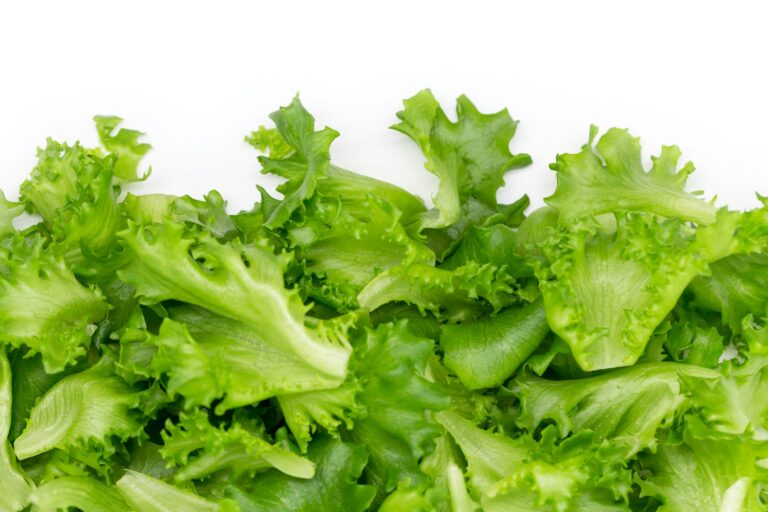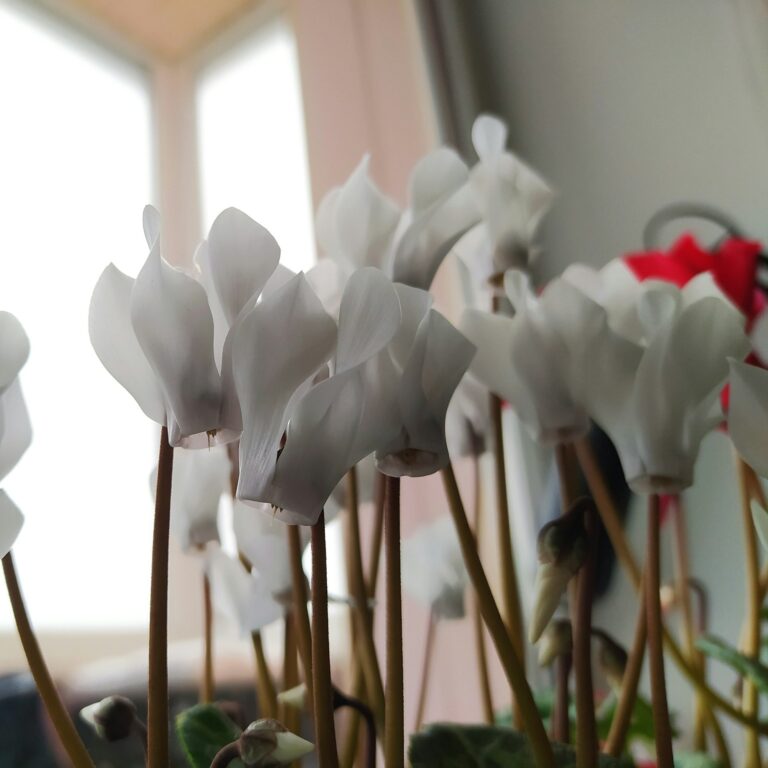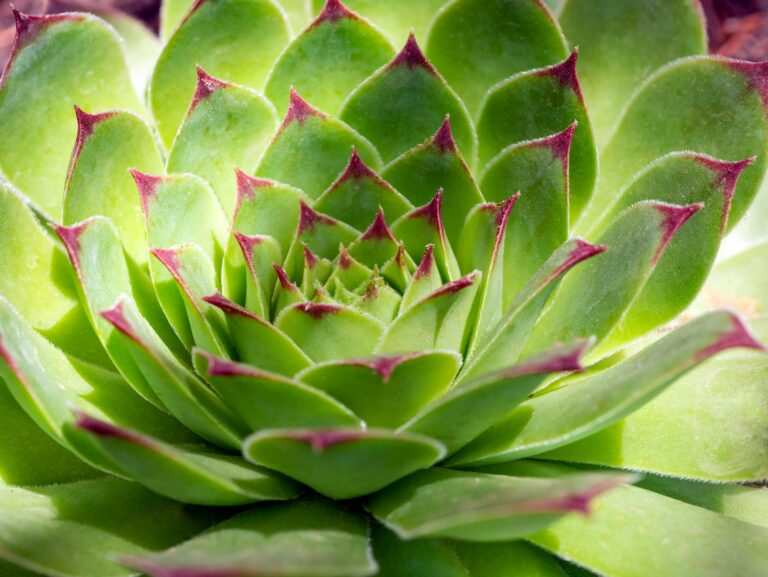Are you having a problem with a white mold substance on your soil? That would be fungus growing on the soil. So, is white fungus in soil bad?
Fungi are an essential part of the ecosystem and play a crucial role in maintaining soil health. However, not all fungi are beneficial to the soil. One type of fungus that often raises concerns among gardeners and plant enthusiasts is white fungus. The white fungus can be found in soil, and its presence can sometimes cause alarm.
While some types of white fungi are harmless, others can harm plant growth and health. The white Fungi can be seen as mold growing on the soil. This discussion will explore the different types of white fungi found in soil and their effects on plants.
What is white Fungus in soil?
White fungus, also known as white mold, is a type of fungus that can grow on soil, decaying organic matter, and plant materials.
It is often white or gray and has a fluffy or powdery appearance. White mold is typically composed of mycelia, which are thread-like structures that grow through the soil or other organic matter. These mycelia can form dense mats that are sometimes visible on the soil surface or plant roots.
There are both beneficial and harmful fungi. Beneficial white fungi can help break down organic matter, increase nutrient availability, and promote healthy soil structure. However, harmful fungi/mold can cause plant diseases, root rot, and other problems that can reduce plant growth and yield.
What are the factors that promote mold growing on the soil?
Here are some of the conditions that can contribute to the growth of white mold:
- Moisture: White mold thrives in moist environments, and excessive watering or poor drainage can create conditions that promote its growth.
- Temperature: White mold can grow in a wide range of temperatures, but it typically prefers cooler temperatures between 50°F and 65°F (10°C and 18°C).
- Nutrients: White mold requires nutrients to grow, and organic matter in the soil can provide a food source. However, excessive amounts of organic matter or high nitrogen levels can create conditions that favor white mold growth.
- pH: The pH of the soil can also affect the growth of white mold. It typically grows best in soils with a pH between 5.5 and 7.0.
- Airflow: Poor ventilation and crowded growing conditions can create a humid environment conducive to white mold growth.
- Plant species: Some plant species are more susceptible to white mold than others. Certain crops, such as cucumbers, tomatoes, and beans, are more likely to develop white mold than others.
Can white mold in soil harm my plant?
Yes, white mold in soil can harm your plant. White mold is a type of fungus that can cause plant diseases and other problems that can lead to reduced plant growth and yield.
White mold can infect plants’ roots, stems, and leaves, causing various symptoms such as wilting, yellowing leaves, and stunted growth. The fungus can also produce toxins that can damage plant tissues and impair their normal functioning.
Furthermore, white mold can spread quickly and easily from plant to plant, making it essential to address the issue promptly to prevent further damage.
It’s important to note that not all fungus is harmful to plants, and some beneficial fungus can help plants grow and thrive. Therefore, properly identifying the fungus is crucial before taking any actions to manage it.
If you suspect that white fungus is harming your plant, it’s vital to take action to address the issue promptly. This may involve;
- Improving drainage,
- Reducing moisture levels,
- Removing infected plant material,
- Applying appropriate fungicides or biological control agents.
How can you remove white mold in soil affecting the plant?
You should know that if the mold has affected the whole plant, you must throw it away to avoid spreading it to other plants. However, if you are not yet at that stage, you can try some of these methods to manage the problem. Always ensure that you fix the problem the moment you notice it; the earlier, the better.
Remove any infected plant material.
Removing any infected plant material is the first in managing mold in soil affecting your plant. White mold thrives on decaying organic matter, so removing infected plant material can help reduce the food available to the fungus, limiting its growth and spread.
Infected plant material can include leaves, stems, and roots that show signs of white mold growth. Remove these materials and dispose of them properly, such as in a sealed plastic bag, to prevent the spread of the fungus.
Improve soil drainage.
Mold thrives in moist environments, so improving soil drainage can help reduce moisture levels in the soil. This can make the environment less favorable for the growth and spread of white mold.
Also, improving soil drainage can help remove excess water from the soil, reducing the risk of waterlogging and root rot. When soil is waterlogged, it can create conditions that favor the growth of white mold.
You can improve the soil in a number of ways, such as adding organic matter to the soil, tilling the soil to loosen it, and creating raised beds or mounds. Adding sand or gravel to the soil can also help improve drainage by increasing the space between soil particles, allowing water to drain more easily.
Reduce moisture levels.
White mold thrives in moist environments, so reducing the soil’s moisture levels can make the environment less favorable for the growth and spread of white mold. Also, low moisture can limit mold spore production. White mold produces spores that can spread the fungus to other areas of the soil and plants.
Generally, when you reduce moisture in the soil, it will limit the growth of mold.
Reducing moisture levels in the soil can be done in several ways, such as reducing the watering frequency, adjusting irrigation practices, and providing proper drainage. Avoid overwatering plants, especially in areas with poor drainage, since it can create conditions that favor the growth of white mold.
Apply fungicides
Applying fungicides can help remove white mold in soil affecting your plant by directly targeting and killing the fungus. Fungicides are chemical agents that can be applied to the soil or plants to control fungal diseases, including white mold.
If you apply it correctly, the fungicides can help reduce the severity of white mold and prevent its spread to other plants. Fungicides can be applied preventatively, before the onset of the disease, or as a curative treatment after the disease has been detected.
There are many types of fungicides available, including systemic and contact fungicides. Systemic fungicides are absorbed by the plant and transported throughout the plant tissues, providing long-lasting protection against fungal diseases. Contact fungicides, on the other hand, remain on the plant’s surface and provide a protective barrier against fungal spores.
Ensure you choose a fungicide appropriate for the plant and disease you treat. Follow the label instructions carefully and apply the fungicide according to the recommended rate and timing. Some fungicides may require multiple applications to manage the problem effectively.
FAQs
Can houseplants go bad due to mold on soil?
Yes, houseplants can go bad due to mold on soil. Mold in soil can lead to various problems for houseplants, including root rot, stunted growth, and wilting. When mold grows in soil, it can block air and water from reaching the plant’s roots, which can cause the plant to suffocate and dehydrate.
What is the main cause of white fungus in soil?
The main cause of white fungus in soil is typically overwatering or excessive moisture. White fungus thrives in moist environments and can quickly spread in favorable soil conditions.
Is white fungus in soil bad?
White fungus in soil can be bad for plants. When white fungus grows in soil, it can block air and water from reaching the plant’s roots, which can cause the plant to suffocate and become dehydrated.





